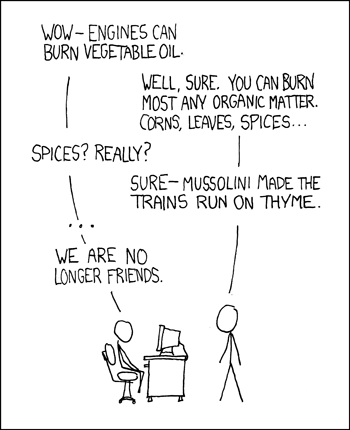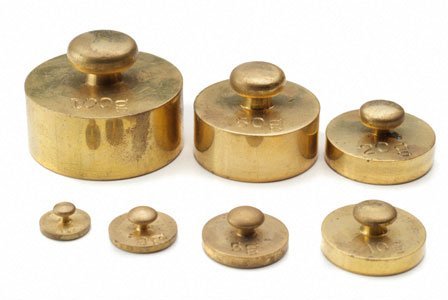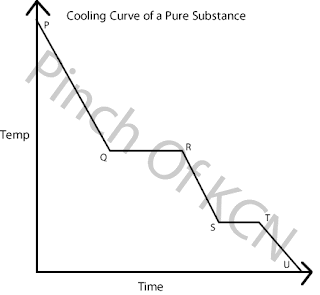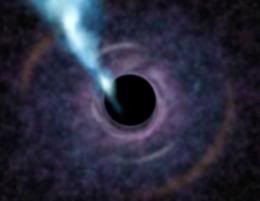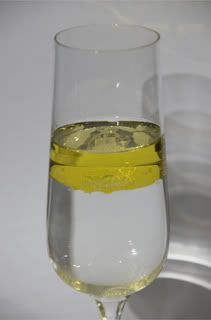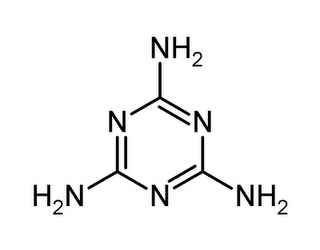 Molar concentration (aka. molarity) may sound like it has something to do with your molar teeth. Put it this way: No. And please, spare us a minute to explain this simple concept to you. If you have been following tightly to our blog, you must have encountered a post about two months ago on Density. The idea of molar concentration is very similar to the concept of density except of its units...sort of...
Molar concentration (aka. molarity) may sound like it has something to do with your molar teeth. Put it this way: No. And please, spare us a minute to explain this simple concept to you. If you have been following tightly to our blog, you must have encountered a post about two months ago on Density. The idea of molar concentration is very similar to the concept of density except of its units...sort of...Molar Concentration can be defined as the concentration measured by the number of moles of solute per litre of solution.
Forgot what a solute is? Let us tell you. A solute is the chemical that's being dissolved, thus having a smaller quantity.
What about a solution? It is the larger quantity which is also a homogeneous mixture.
The must-know formula is:
moles of solute (mol) mol
Molarity = volume of solution (L) OR M= L ---- (1)
From here, you may derive 2 more formulae to assist you when finding moles of solute or volume of solution given that the other two terms are known.
mol = M x L ---- (2) and L= mol/ M ------ (3)
E.g. How many moles of CaCl2 are dissolved in 225 mL of 0.0350 mole/L CaCl2?
Step 1: Since, you are given the the values of the molarity and the volume of CaCl2, and are finding the value of moles; your eyes should be aiming at formula (2).
Step 2: Substitute the numerical values into the formula, be sure that all the units are correct. In this case 225mL should convert to L before substitution.
mol = M x L
= (0.0350 mole/L) x (0.225L)
= 0.007875mol CaCl2
"Mr. PinchofKCN, I'm finished. The question you gave me is so easy-peasy-lemon-squeezy. Give something at least a little bit more challenging, please."
The answer should be rounded to the correct number of sig fig...in this case 3 sig fig. The correct answer should be 0.00788!
I know all of you are thinking about the same thing as SpongeBob. And Mr.PinchofKCN's generous answer to you is 'you may'!!! Since today is the last class before 2012 (and I'm sure you all know what's going to happen in 2012). So, most likely, you can be excused for the rest of your life. No more chemistry!!! Yay to you, nay to us!
Do you believe in eschatology? (Well, we shall wait and let the event reveals itself:)








